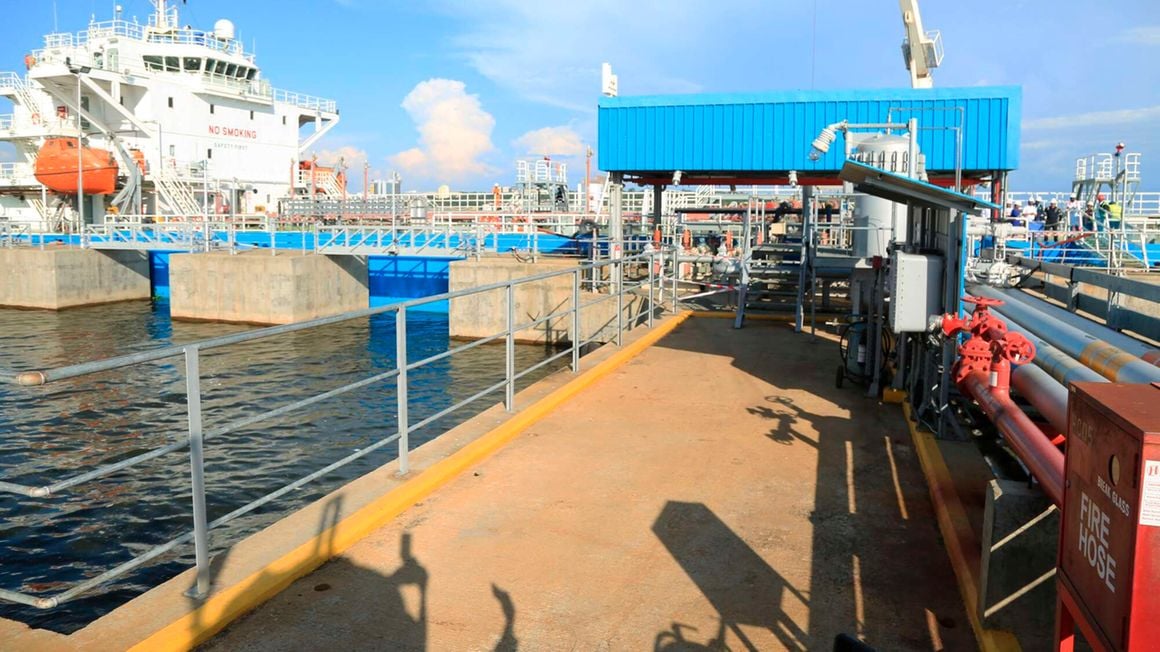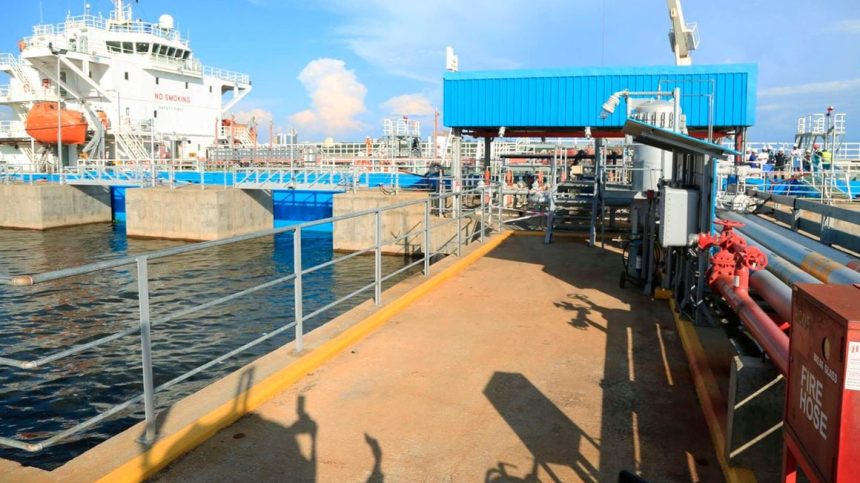Kenya has shipped an estimated 27 million litres of fuel to Uganda through the Kisumu oil jetty, as the landlocked neighbour increasingly turns to the Lake Victoria waters to meet its fuel requirements.
Kenya Pipeline Company CEO Joe Sang told the Business Daily the amount has been lifted from the facility since it became operational at the start of this year. The Sh1.7 billion jetty offers a more convenient fuel transport route given that it has cut the time taken compared to trucking.
It will be key to helping Kenya ward off competition from Tanzania as the main fuel import entry for fuel to Uganda and neighbouring nations.
“So far, we have transported about 27 million litres of fuel to Uganda in the seven months that the jetty has been working. But we expect this amount to increase when the facility starts operating at full capacity,” Mr Sang said last week.
The jetty has also been timely to Kenya in helping fight off competition from Tanzania at a time when road transport costs were reviewed upwards in a bid to help KPC raise more revenues.

KPC’s road transport tariffs rose to Sh3.87 per cubic metre for every kilometre in the financial year ended June from Sh3.56. This will further increase to Sh4.09 in the year to June 2024 and Sh4.06 a year later.
Uganda has for years relied on road transport to get fuel from Kenya and meet her monthly demand estimated at 5.4 billion litres.
The Kisumu oil jetty is only serving Uganda at the moment but it is expected to rope in the rest of neighbouring nations and the upper parts of Tanzania, including Mwanza.
The refurbishment of the jetty was completed in 2019 at a cost of Sh3 billion but its operationalisation was delayed as Uganda lagged in building its oil jetty.
Mahathi Infra Uganda Ltd, the consortium of private investors that was building the jetty on the Ugandan side, had in 2020 said the facility would be completed before April 2021.



